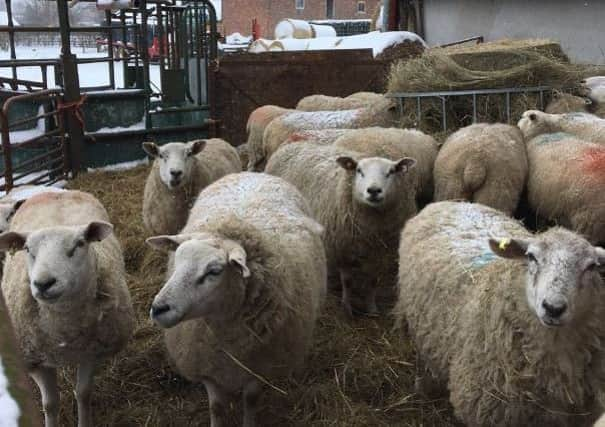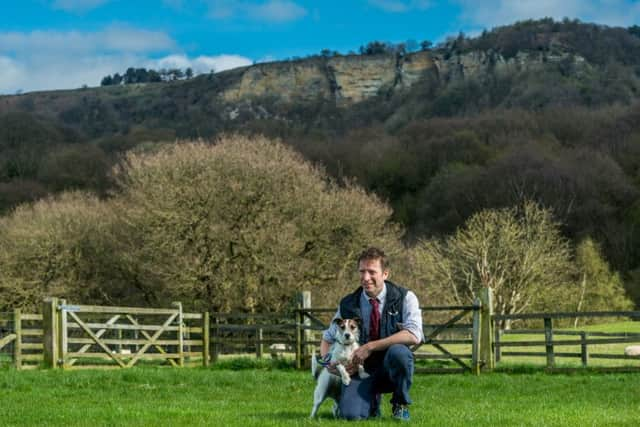A snowy case of '˜twin lamb disease' for Julian Norton


The flock was due to start lambing imminently, and there were several ewes that looked off colour – vacant, distant, not eating, a bit wobbly. These were vague signs, but ones that a diligent shepherdess, who knew her sheep, would pick up. Most concerning was that one had gone blind and could not stand up.
“I fed them a bale of hay the other day and, when I’d unwrapped it, it was quite dusty and smelly. I wonder if they’ve picked up something from bad hay?” she wondered.
Advertisement
Hide AdAdvertisement
Hide Ad“I think I’d better come and have a look, Ali,” I replied. “I should be able to set off in about half an hour, although goodness knows how long it will take me to get to you with all this snow.”


The picture Ali painted was serious, and I needed to have a look at the flock. I had only just got into the practice when I took the phone call, because the roads were covered in snow and horizontal blizzards were making the visibility extremely limited. It was anybody’s guess how long it would take me to get to the farm, even though it was only about eight miles away.
Thankfully, the gritters of North Yorkshire had done a great job and even some of the smaller roads had received attention. Negotiating my way across the slippery farmyard was the hardest part of the journey.
Ali showed me to the sheep. About ten were penned up in one half of the lambing shed, separated from the others for ease of examination and treatment. They didn’t look as bad as I had expected. The worst one, however, was lying in a corner, unable to stand and lolling her head. It became evident, as I examined, her that the poor ewe couldn’t see a thing. This largely confirmed my suspicions.
Advertisement
Hide AdAdvertisement
Hide AdI would need to test a urine sample (difficult in a sheep) or take a blood sample (with the results coming back 24 hours later, at best) for proper confirmation, but a blind, recumbent ewe, heavily in lamb, having just been moved and sitting in a blizzard, was almost certainly suffering from a condition called ‘pregnancy toxaemia’. Its colloquial name is ‘twin lamb disease’, because, when hill sheep are carrying twins they are particularly at risk. The extra energy drain imposed on mum by the growing lambs depletes the mother’s reserves and plunges her into an energy crisis. The condition is often triggered by bad weather (classically snowy weather when sheep are outside and can’t find grass to eat), by the stress of being moved or other deviations from a normal routine.


In this case, we had snow, recent housing, and a change of diet, so the risk factors were all there. I reached for the largest syringe in my car and drew up 60 ml of glucose solution. This would be going straight into her vein and would provide an instant burst of energy.
Ali and I stepped back to watch the response. It wasn’t dramatic. The ewe looked somewhat dazed and confused by the sudden bolus of brain-boosting glucose. She did not stand up nor did she miraculously start to see. I wasn’t necessarily expecting this, but in my mind’s eye I always imagine a dramatic response.
Next, she needed a drench of high energy drink and we slowly trickled the syrupy yellow liquid into the ewe’s mouth. She looked like she was enjoying it and did, thankfully, look more invigorated afterwards. We crossed our fingers, not only for a good response, but also for rest of the flock to stay healthy.
Follow Julian on Instagram at @juliannortonvet.